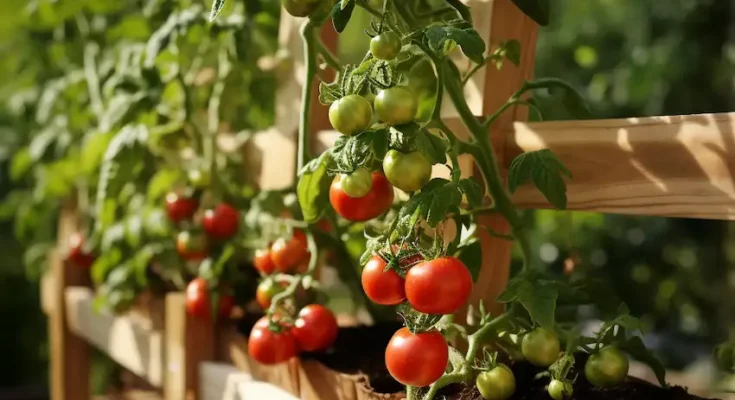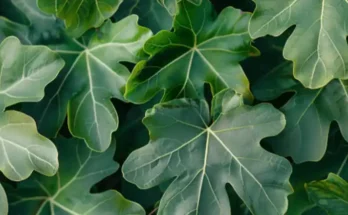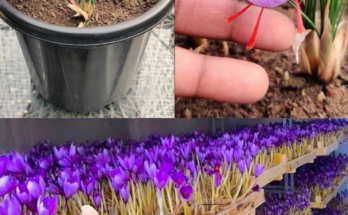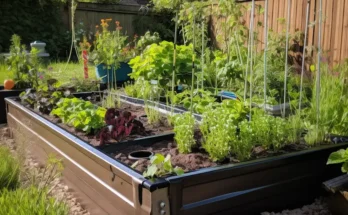Tomato plants are among the most popular and rewarding garden crops. However, as they grow, they can become heavy and unruly, leading to a myriad of issues that can affect their health and productivity. This article explores why tomato cages are essential, offering a step-by-step guide to selecting and setting up the perfect support for your tomato plants.
The Importance of Tomato Cages
Support for Growth: Tomato plants, especially indeterminate varieties, can grow quite tall and are prone to tipping over under the weight of their fruit.
Air Circulation: Properly supported plants have better air circulation around the foliage, reducing the risk of diseases like blight and fungal infections.
Sunlight Exposure: Cages ensure that plants receive even sunlight, which is crucial for fruit development.
Cleanliness: Keeping tomatoes off the ground protects them from soil-borne pests and diseases, and keeps the fruit clean.
Ease of Harvest: Staked and caged tomatoes are easier to harvest than those sprawling on the ground.
Step 1: Choosing the Right Cage
Size Matters: Choose a cage that can accommodate the full-grown size of your tomato plants. Indeterminate varieties may need taller and sturdier cages.
Material: Cages are available in various materials, including wire, metal, and wood. Consider durability, weather resistance, and ease of storage.
Design: Some cages are conical, while others are square or round. The design can impact the ease of access to the plant and overall stability.
Step 2: Timing is Key
Early Installation: Install cages early in the season, shortly after transplanting tomato seedlings. This minimizes root disturbance and ensures that the plant grows up within the support structure.
Step 3: Installing the Cage
Secure Positioning: Plant the cage deep enough into the ground (at least 6-12 inches) to ensure stability against wind and the weight of the plant.
Adding Support: In windy areas or for particularly tall varieties, consider reinforcing the cage with stakes or tying it to a fixed structure.
Step 4: Regular Maintenance
Pruning: Regularly prune excess foliage, especially in indeterminate varieties, to ensure that the plant’s energy focuses on fruit production.
Check Stability: Periodically check that the cage is secure, especially after storms or heavy winds.
Tuck Stray Branches: Gently guide stray branches back into the cage to provide support and maintain good air circulation and sun exposure.
Tomato cages play a pivotal role in the health and productivity of tomato plants. They provide the necessary support, improve plant health, protect the fruit, and make the gardening experience more enjoyable and fruitful. By choosing the right cage, installing it properly, and maintaining your plant throughout the season, you can look forward to a bountiful harvest of delicious, home-grown tomatoes. Happy gardening!



